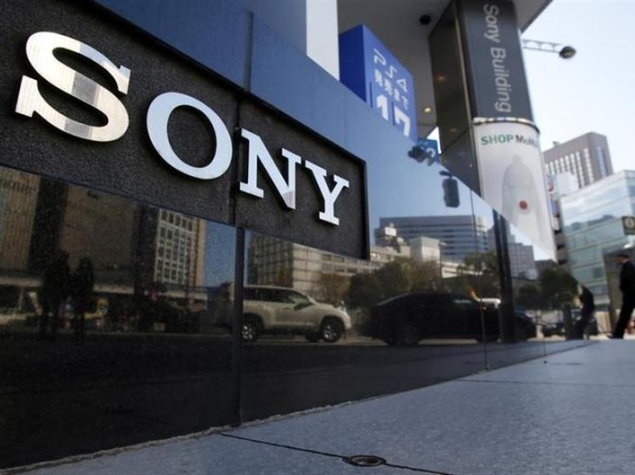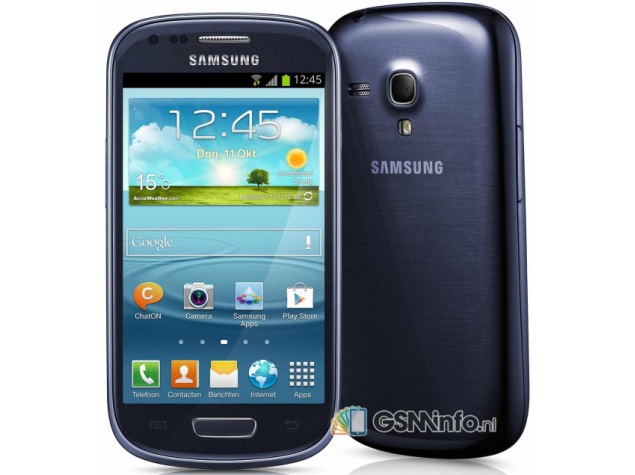 It looks as though Twitter is finally getting into the intellectual property war game. The company purchased more than 900 patents from IBM recently, according to reports. Like many cases when companies scoop up patents in mass quantity, Twitter isn't interested in the content of the trademarks themselves as much as it is keen on protecting itself from copyright infringement claims.
It looks as though Twitter is finally getting into the intellectual property war game. The company purchased more than 900 patents from IBM recently, according to reports. Like many cases when companies scoop up patents in mass quantity, Twitter isn't interested in the content of the trademarks themselves as much as it is keen on protecting itself from copyright infringement claims.
By purchasing the specific patents at hand, Twitter is protecting itself from at least three different infringement claims put upon it from IBM, not to mention any future claims. Instead of going through the legal hassles of litigation and settlement, Twitter decided to just buy the patents covering the claims set against them in order to bury the issue. The deal between the microblogging giant and IBM was struck back in December but no financial details were disclosed.
Surprisingly for a company of its size, previous to the deal with IBM Twitter held only nine patents, making it extremely susceptible to copyright attacks. The company now increases its portfolio to
956 patents and 100 patents pending in the US, according to reports Twitter filed with the U.S. Securities and Exchange Commission pertaining to the IBM transaction.
“We presently are involved in a number of intellectual property lawsuits, and as we face increasing competition and gain an increasingly high profile, we expect the number of patent and other intellectual property claims against us to grow,” Twitter explained in the filing. It sounds as though the company will continue to grow its patent portfolio and the IBM deal could have been to protect it from other infringement claims as well.
While this marks the first time Twitter has made a deal of this nature outside of patents acquired through the purchase of other companies, IBM on the other hand has had the most patents granted in the US for 21 consecutive years.





















